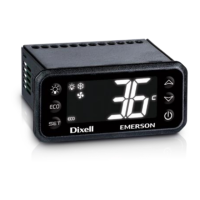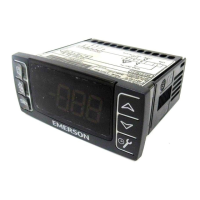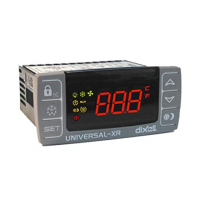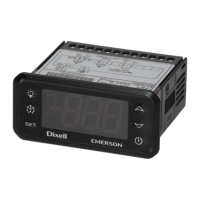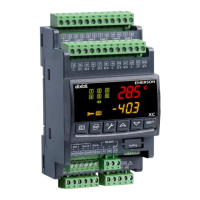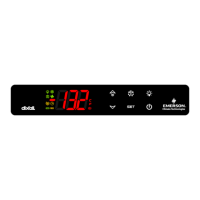User Manual Chapter 7
GFK-1742F Jan 2020
Programmed Motion 172
7.2 Multi-Axis Motion Programs and Subroutines
The term multi-axis is specified in the definition statement (on the first line) of a program or
subroutine, for example: PROGRAM 2 MULTI-AXIS, or SUBROUTINE 7 MULTI-AXIS. Axis 1 and
Axis 2 are the only two axis numbers permitted in a multi-axis program or subroutine. Both
axes must be home referenced and meet the remaining prerequisites (see the section
“Prerequisites for Programmed Motion” on page 173) before a program can be executed. A
multi-axis motion program may CALL only multi-axis subroutines. One motion program
instruction, SYNC Block, is available only in a multi-axis motion program or subroutine.
Subroutine “nesting” limitations are the same as for a single-axis motion program. In a
multi-axis program, there are two categories of moves: 1-Axis moves, and 2-Axis moves.
1-Axis moves: When two consecutive 1-Axis moves are programmed, the second move will
begin execution within 2 milliseconds after the first move finishes.
2-Axis moves: A 2-Axis move is programmed with three consecutive blocks. The first of the
three blocks must contain the SYNC Block command. The next two blocks contain the move
commands, one for Axis 1, and one for Axis 2. When the SYNC Block command is executed,
the two moves will be started “together” (within 2 milliseconds). Note that only the start of
the moves is synchronized.
More information about multi-axis programming, program block structure, flow control
(JUMP), and the SYNC Block command, is provided later in this chapter.
7.3 Motion Program Command Types
The motion program commands are grouped into four categories:
Type 1 Commands
CALL (Subroutine) JUMP
Type 2 Commands
Block number
SYNC (Block Synchronization)
LOAD (Parameter)
ACCEL (Acceleration)
VELOC (Velocity)
Type 3 Commands
PMOVE (Positioning Move)
CMOVE (Continuous Move)
DWELL
WAIT

